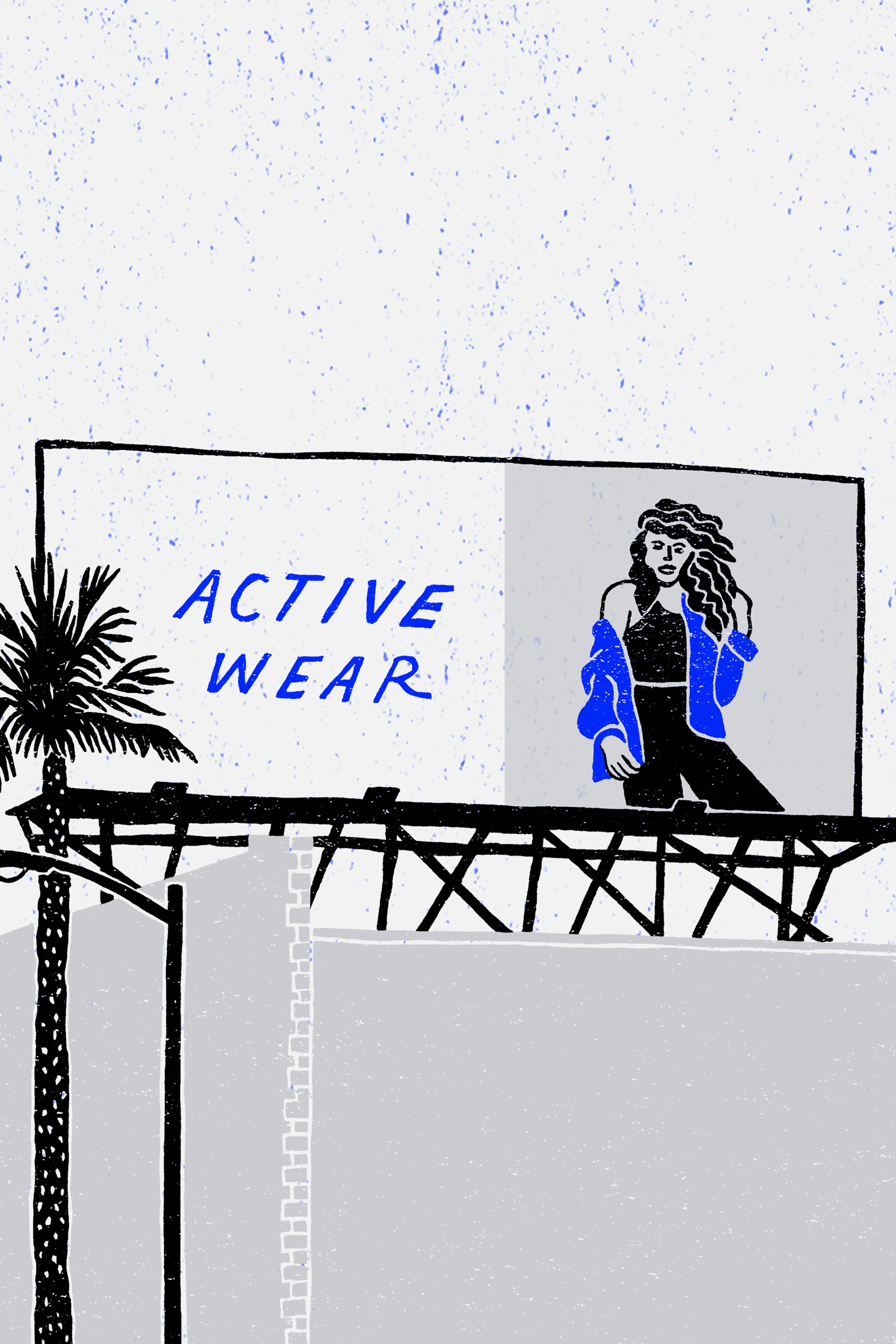
CloseĪs the Chicago School economics-based approach to antitrust took hold throughout the 1970s and 1980s, 3 3 2064, 2066–67 (2005) (describing, and contributing to, the longstanding and prevalent critiques of the Act by both practitioners and academics). Daniel Sokol, Analyzing Robinson-Patman, 83 Geo. The RPA, which bans a seller from charging competing buyers different prices for the same “commodity,” has been subject to longstanding criticism for promoting protectionist goals. tech giants, cited the RPA just once as an underenforced provision. The 450-page House Judiciary Committee Report, released in 2020 after a bipartisan investigation into the dominance of U.S. L., Report: Investigation of Competition in Digital Markets 402 (2020). antitrust framework should be updated to address the concentration of power in digital markets, the Robinson–Patman Act (RPA) is not front and center. In the lively national debate about how the U.S. In doing so, this Comment also highlights some of the limitations of trying to apply antitrust laws to America’s largest online retailer. While such a case would depend on the fact-specific allegations, this Comment explores arguments in support of a claim that Amazon, as a buyer, has induced wholesalers to price discriminate against smaller retailers. This Comment examines how the RPA could potentially be applied to the modern-day giant retailer Amazon.

Reeder-Simco GMC, Inc., reaffirmed some of the most important aspects of the RPA, which arguably goes much further to protect small businesses than any other existing antitrust law. The Supreme Court, in its most recent RPA case, Volvo Trucks North America, Inc. But enforcers could revive the RPA if there is political will.

The FTC and DOJ, however, have been unwilling to enforce the RPA since the 1980s, as they have increasingly perceived the RPA’s protectionist bent as orthogonal to the consumer-welfare standard espoused by other federal antitrust laws. The RPA strengthened the Clayton Act’s prohibition of “secondary-line” price discrimination-that is, price discrimination by a wholesaler that favors some retailers over others. Passed by Congress in 1936, the RPA was drafted in response to a growing public concern that large chain stores were squeezing out small businesses. competition authorities ponder whether age-old antitrust laws should be modernized to apply to tech giants, a first-order question is: What existing antitrust laws apply to their conduct? A formerly formidable tool that has been defanged through lax enforcement is the Robinson–Patman Act (RPA).


 0 kommentar(er)
0 kommentar(er)
